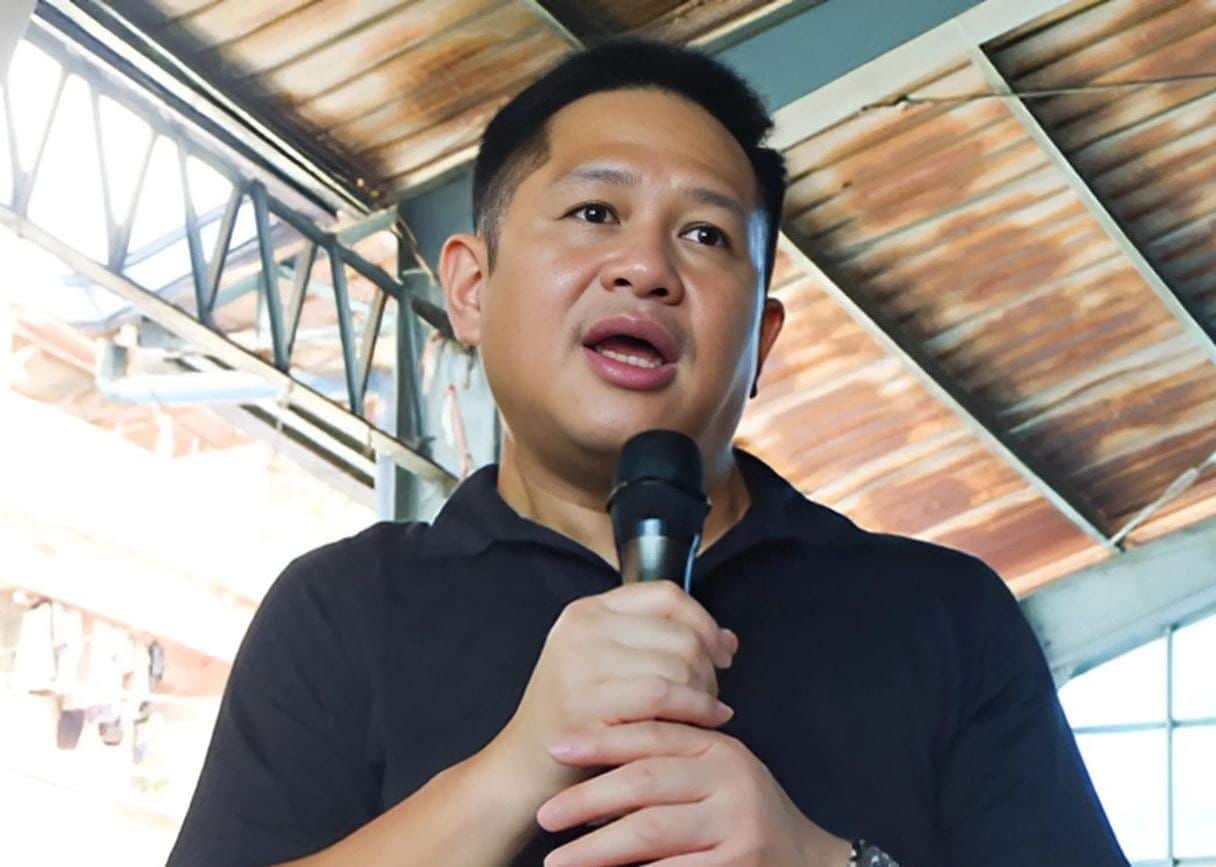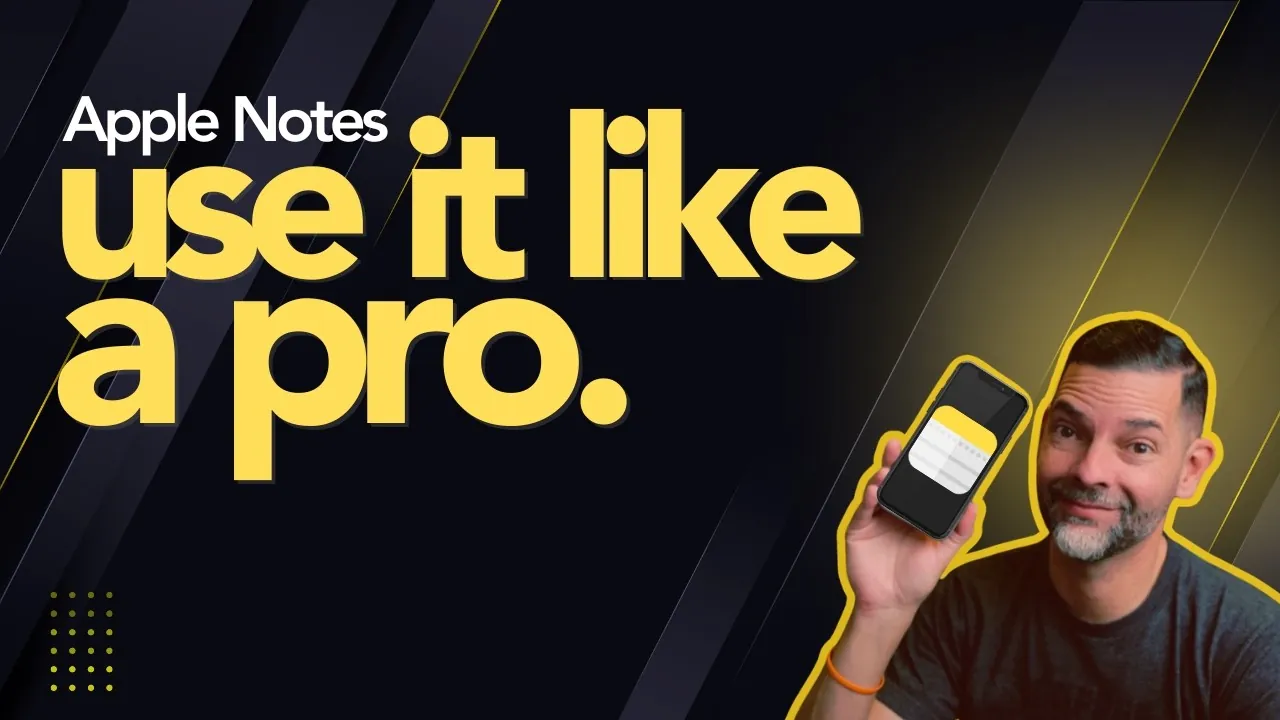Imagine reading a mystery novel where the last chapter has been torn out. You’re left with unanswered questions, no neat resolution and an itch in your mind that just won’t go away — that’s your brain craving closure . Humans are hardwired to seek endings, answers and meaning; even if those answers aren’t entirely accurate.
In fact, we’ll often accept half-truths or outright lies over the discomfort of ambiguity. This phenomenon, while deeply human, can lead us into mental traps, unhealthy relationships and faulty internal narratives. But why does our brain do this? Here’s the psychology behind our craving for closure.

Our brain’s need for cognitive closure isn’t just a mental habit — it’s a survival instinct. In early human history, uncertainty often meant danger. If you didn’t quickly decide whether a sound was a predator or the wind, your life could be at risk.
So, the brain evolved to favor fast, clear conclusions over slow, careful analysis, also known as cognitive closure. This tendency hasn’t evolved out of us. Even today, when someone doesn’t respond to a message, we don’t wait patiently.
Our minds rush to fill the silence, “They’re upset. They’re ignoring me. They don’t care anymore.
” These stories might not be true, but they give our anxious minds something to hold onto. Ambiguity feels unbearable, so we trade truth for certainty. A 2010 study showed just how strong this need for closure can be — and how it plays out in real life.
The findings revealed that people with a high need for closure responded differently depending on how secure they felt in their jobs. When people were unhappy at work, this urgency pushed them toward action — seeking solutions and gathering information to move to problem-solving . But when they felt content, that same need made them avoid change.
This indicates that the drive for closure isn’t always about clarity — it’s about control. Whether we’re jumping to conclusions or resisting new information, our brains are simply trying to shut the door on uncertainty. Understanding this can help us slow down that reflex.
Not every silence is a rejection. Not every unfinished story needs an immediate ending. The more comfortable we become with not knowing, the more room we make for curiosity, flexibility and truth.
The human brain doesn’t just seek facts — it seeks stories. We’re wired to turn raw experiences into coherent narratives, especially when we’re trying to make sense of something emotionally unsettling, like a breakup or rejection. This reflex is deeply adaptive: when life feels chaotic, storytelling helps us regain a sense of order.
But there’s a catch — when the emotional stakes are high, we might reach for stories that feel comforting or clarifying, even if they aren’t fully accurate. Telling yourself, “They left because I wasn’t good enough” might hurt, but it offers a sense of control. If the problem was you, maybe you can fix it next time.
But in reality, the truth is often layered and out of your hands. A 2003 study published in Journal of Social and Personal Relationships examining the breakup stories of 90 participants found that the structure and completeness of a story — not just the act of telling it — plays a big role in how people adjust emotionally. Narratives that included elements like cause-and-effect, emotional insight and meaning-making helped people move on more effectively.
But when those elements were missing, or when the story leaned too heavily into blame or oversimplification, healing seemed harder. This meaning-making reflex, therefore, is inherently human — but it can lead us into self-limiting beliefs if left unchecked. Instead, try to tell stories that allow for complexity, that explore nuance and that leave space for things you may never fully know.
Healing doesn’t require certainty — it requires compassion, and sometimes, a bit of narrative humility. By now, it’s clear that one of the brain’s more surprising habits is its preference for a tidy lie over a messy truth. When something painful happens — whether it’s a trauma we endured or a mistake we made — we don’t just seek understanding; we seek certainty.
But that desire can lead us down a path where clarity comes at the cost of self-compassion. A 2012 study shows that people who believe personality is fixed (known as entity theorists) are more likely to interpret their painful experiences through harsh, rigid narratives: “I’m damaged. I’m a bad person.
” These stories offer immediate closure — but at a steep emotional price. They freeze us in time, leaving little room for growth, change or grace. On the flip side, people who believe personality can evolve (incremental theorists) tend to create more flexible, growth-oriented meanings from their experiences.
They’re better able to revise their self-understanding, especially when they share their stories with others. This is the trap of false certainty; it feels like control, but often it’s just a cage. The more we cling to a single explanation, especially one that blames or diminishes us, the more we risk staying stuck in stories that no longer reflect who we’re becoming.
Ultimately, what we need isn’t a final answer. It’s psychological flexibility — the ability to revise our narratives, welcome nuance and let ourselves be works in progress. Because while false closure may feel soothing in the short term, it’s curiosity and openness that lead to real growth.
Closure isn’t about having all the answers. It’s about making peace with the fact that you might never have them — and still finding a way to move forward with integrity and self-compassion. Healthy closure doesn’t rely on false certainties or borrowed stories.
Instead, it honors the richness of your emotional experience while allowing space for the unknown. This “earned closure” is something you build intentionally, not something you stumble upon. Here are a few ways to start practicing it: Name the unknowns.
Write down what you don’t know. What still confuses you? What remains unresolved? Then give yourself permission to leave those questions open. You don’t have to force them shut.
Some doors stay ajar, and that’s okay. Anchor in what’s real. Turn your focus to what is true.
What do you know for sure? Your feelings are real. Your values matter. Your effort counts.
Remind yourself: “I may not understand everything about them or the situation — but I understand myself.” That’s a sturdy place to stand. Resist storytelling traps.
Your brain will want to fill the blanks. Notice when you’re slipping into narrative mode. Ask yourself: “Is this a fact — or just a story I’ve constructed to feel better?” Sometimes, it’s helpful to challenge the story gently.
Other times, it’s enough just to notice you’re doing it. End with compassion. Closure doesn’t mean forgetting.
It doesn’t mean approving. It means saying to yourself, “This chapter is messy, but I don’t need to keep rereading it to survive it.” Offer yourself the same tenderness you would extend to a friend — because you deserve a soft place to land, even when the story doesn’t resolve the way you hoped.
Your brain’s love for closure is not a flaw — it’s a feature. But when we understand this internal wiring, we gain the power to choose truth over convenience, growth over comfort and healing over illusion. Sometimes, the most courageous thing you can do is live inside the question.
Take the science-backed Breakup Distress Scale to gain insight into how your emotional response to a lack of closure is playing out..
Technology

Why Your Brain Loves Closure Even When It’s A Lie — By A Psychologist

The stories we tell ourselves are essentially how our minds fill in the blanks — and sometimes, in trying to complete the picture, they paint the wrong one entirely.














